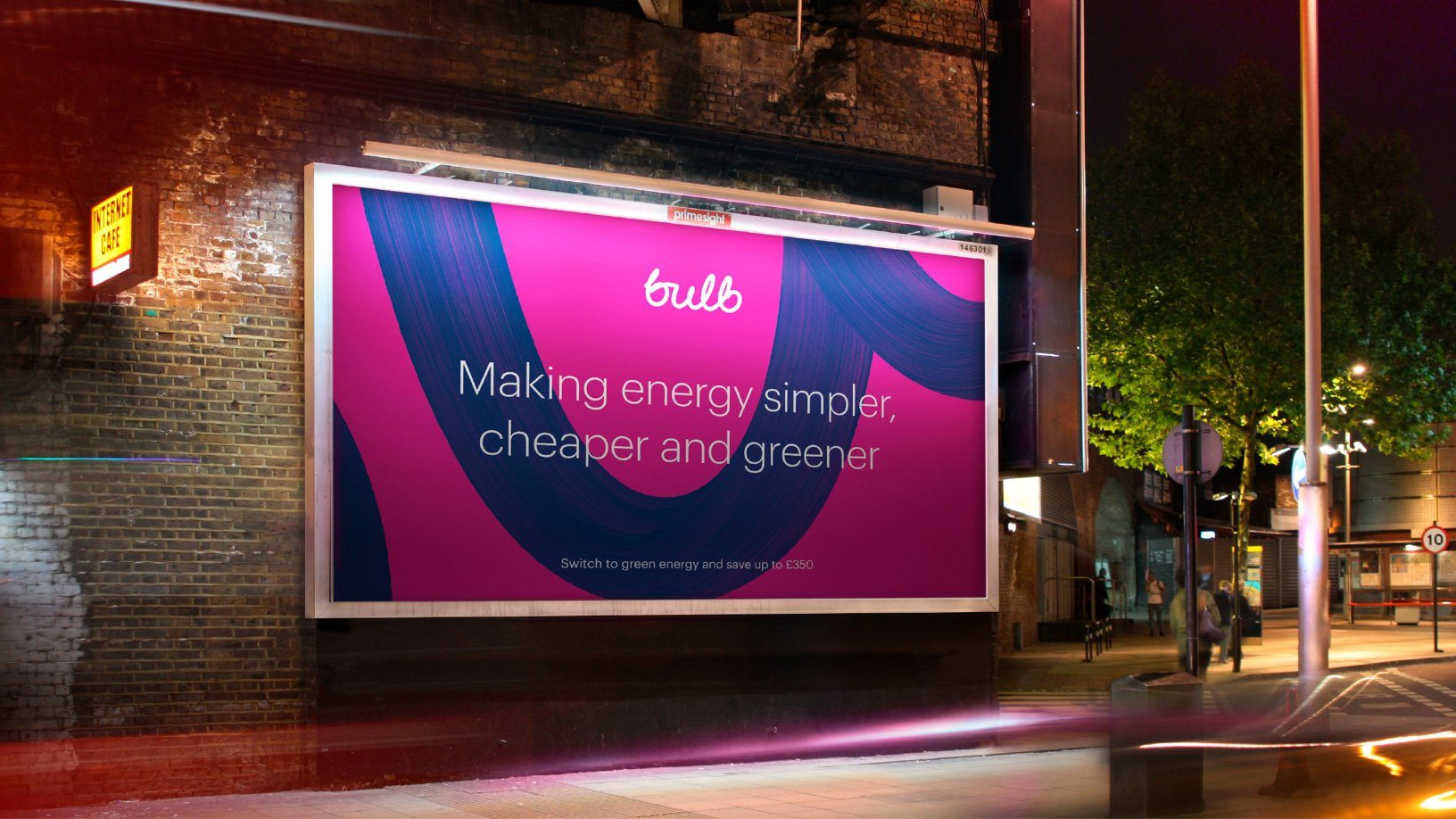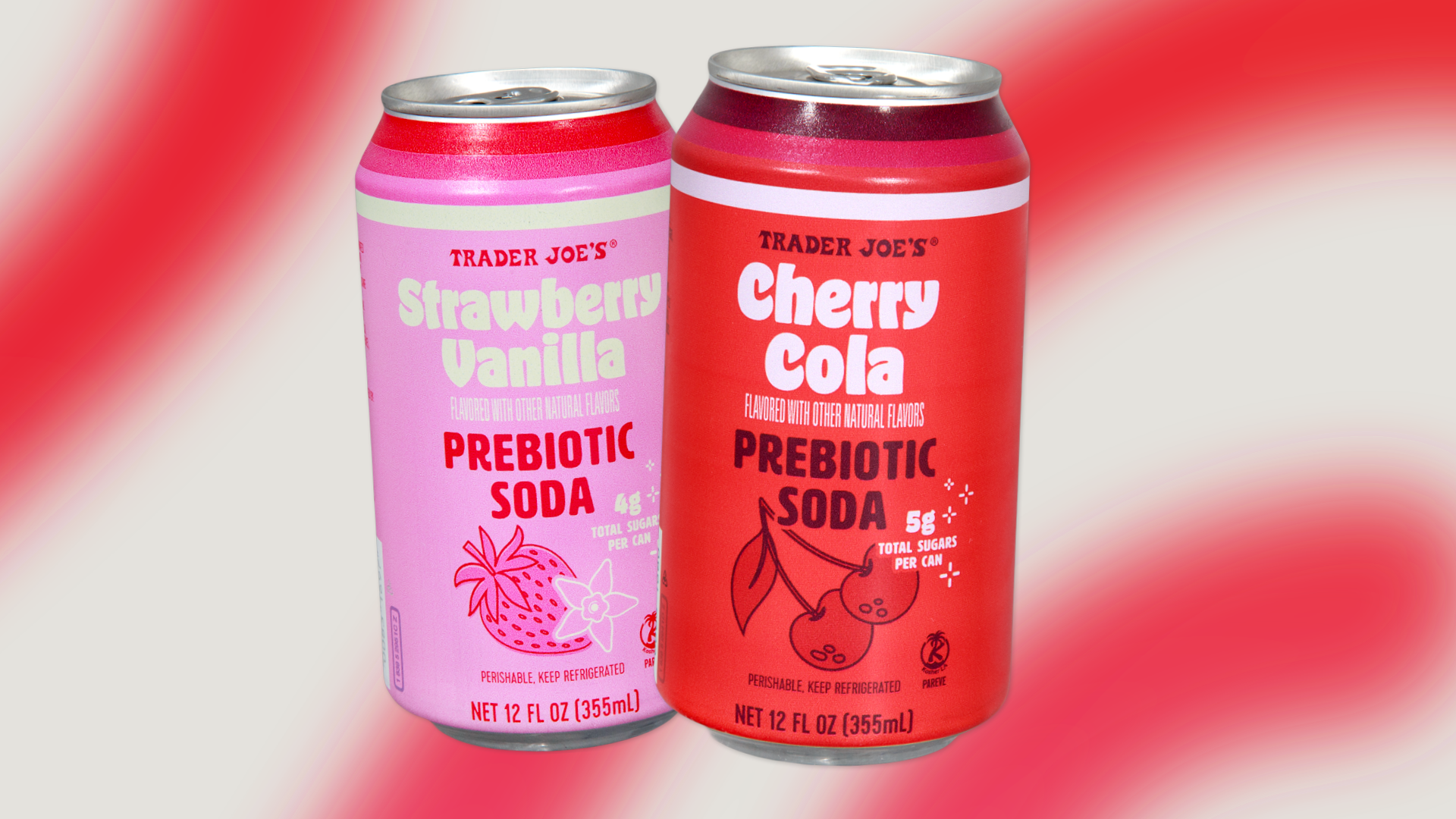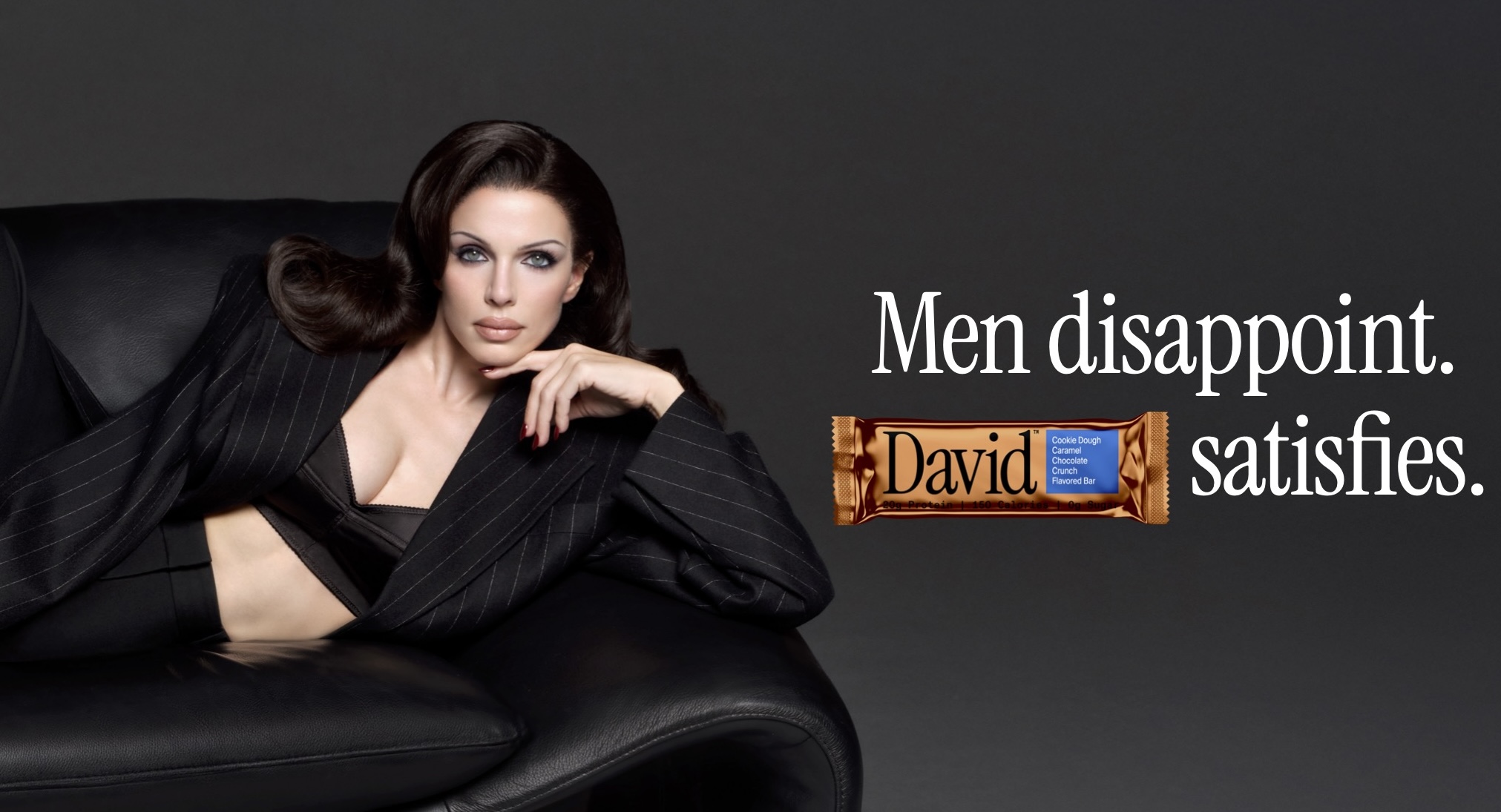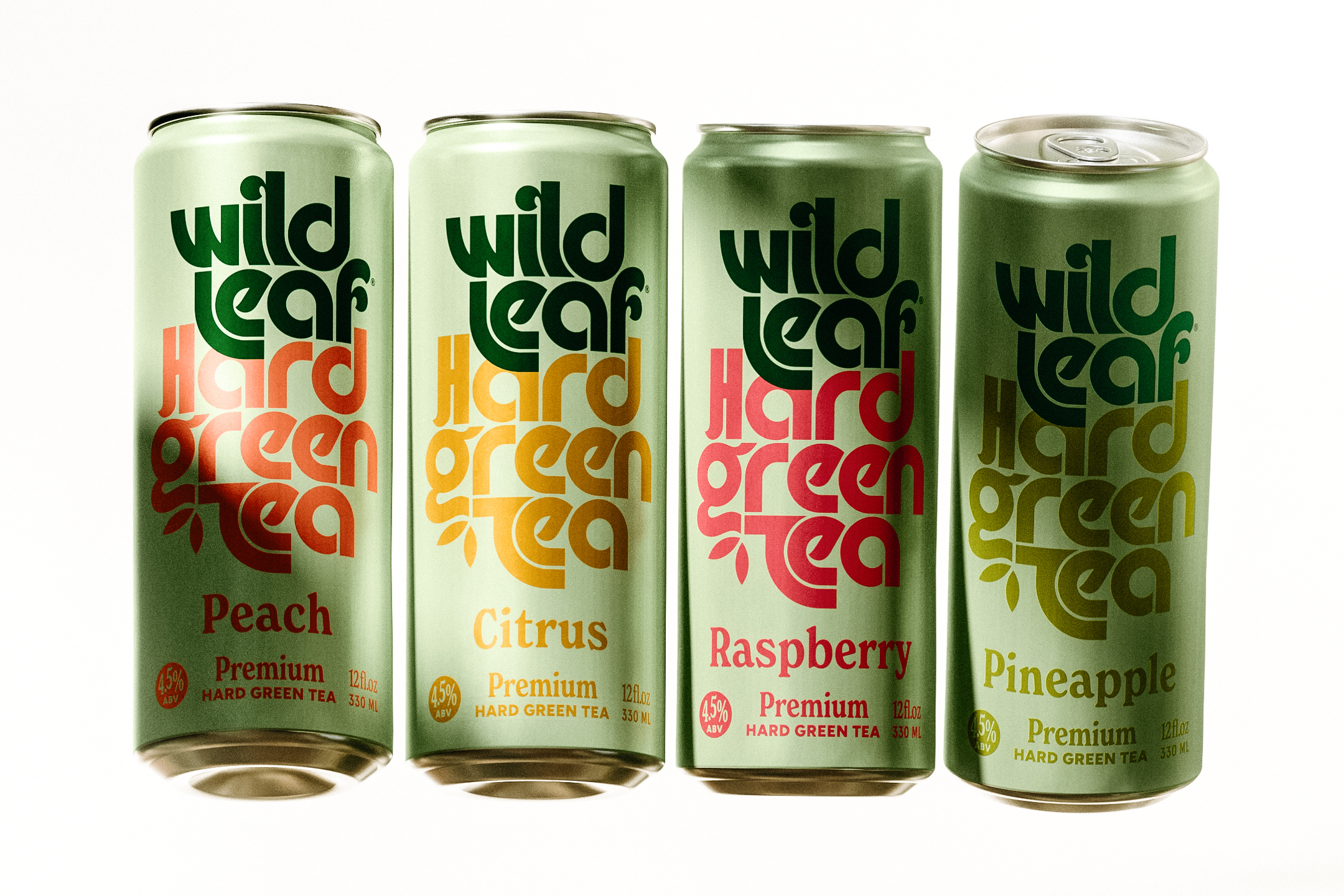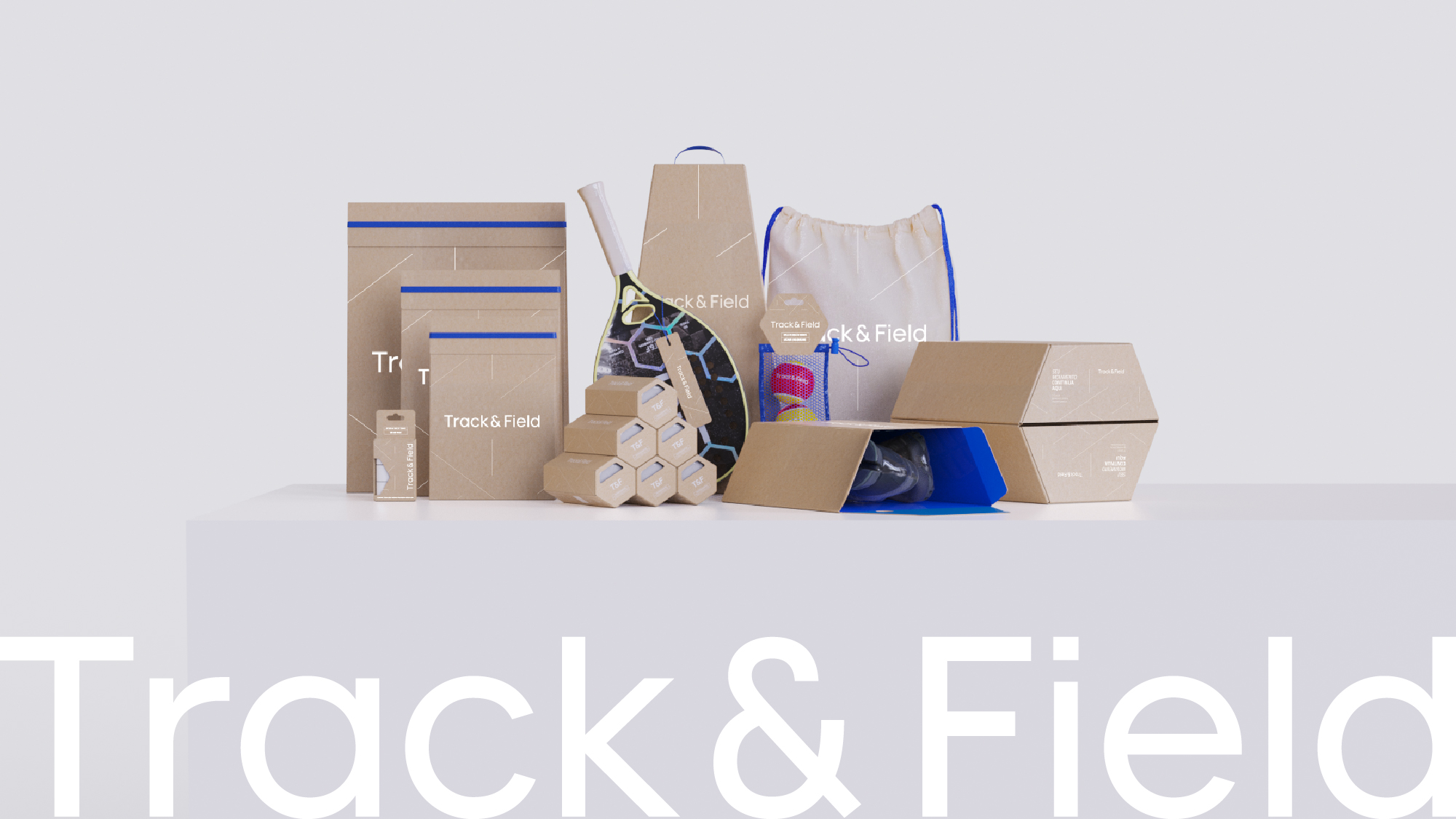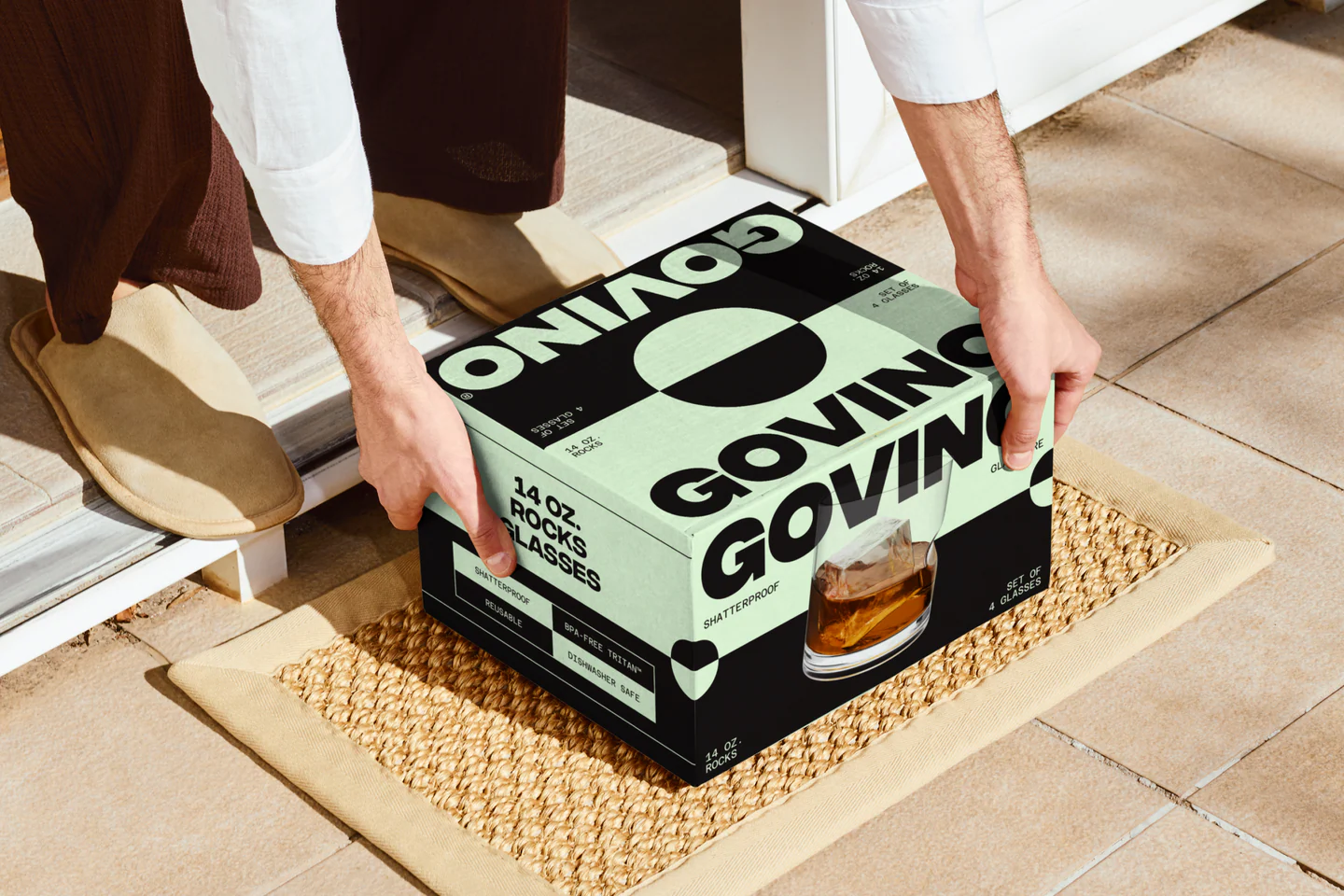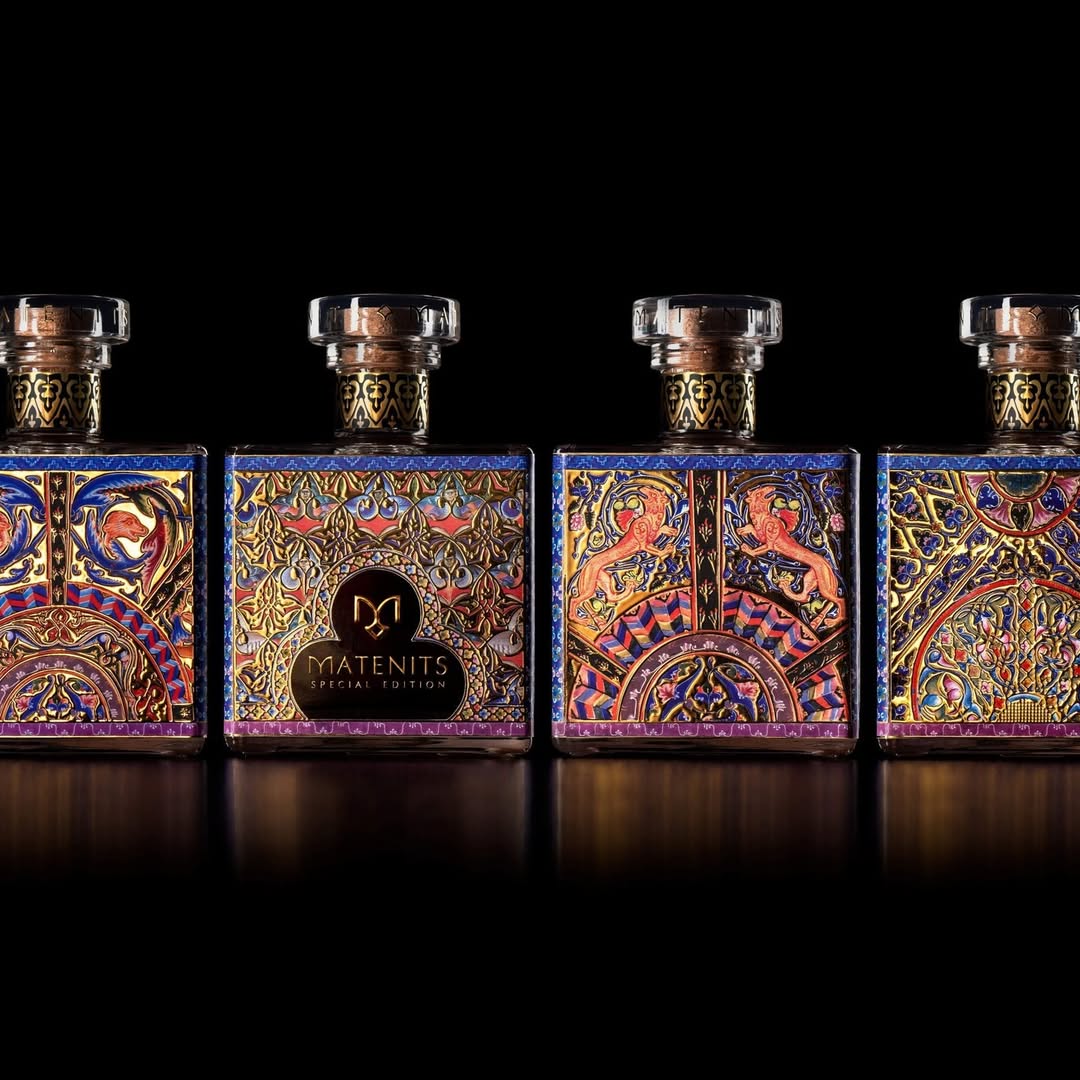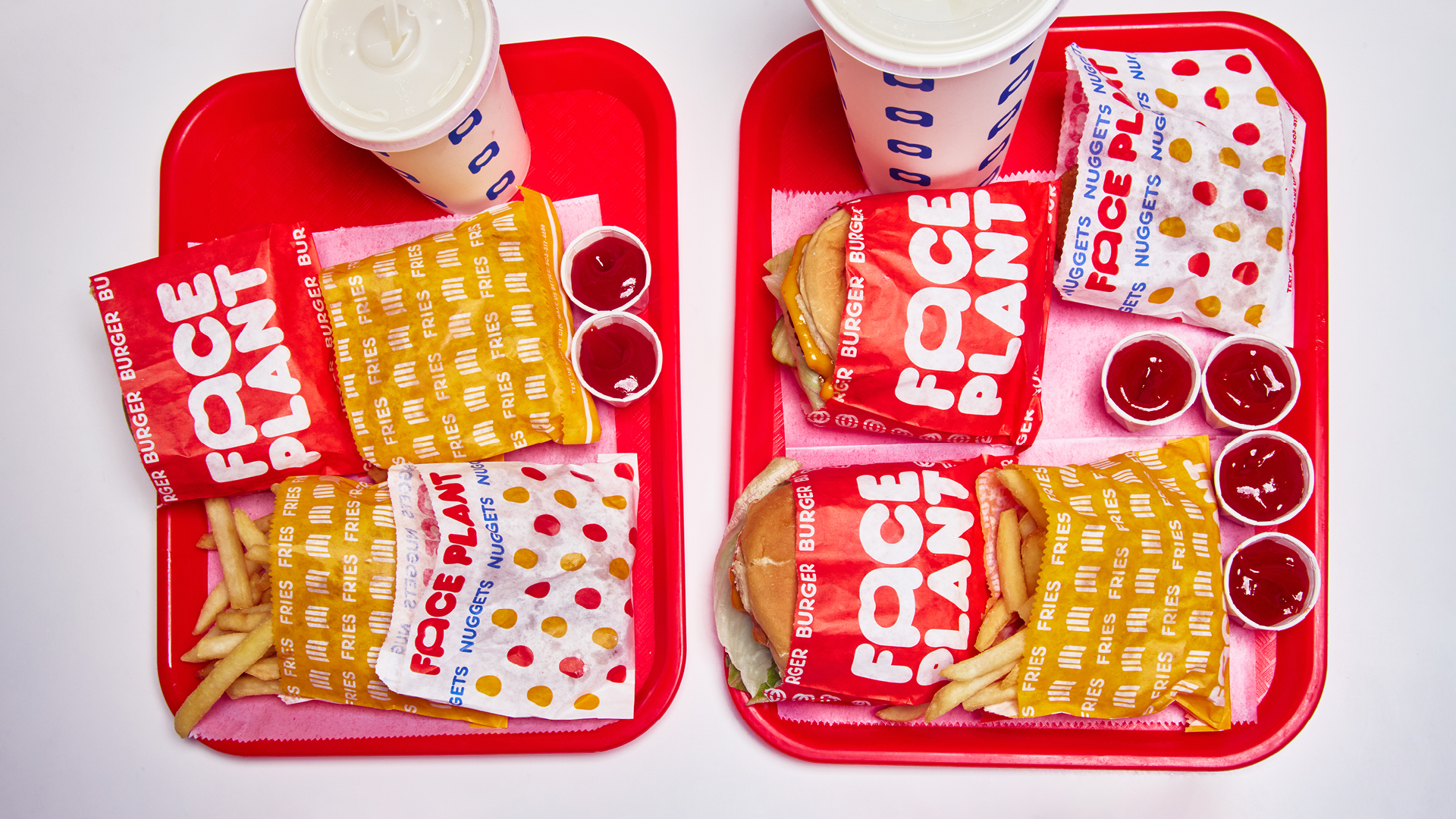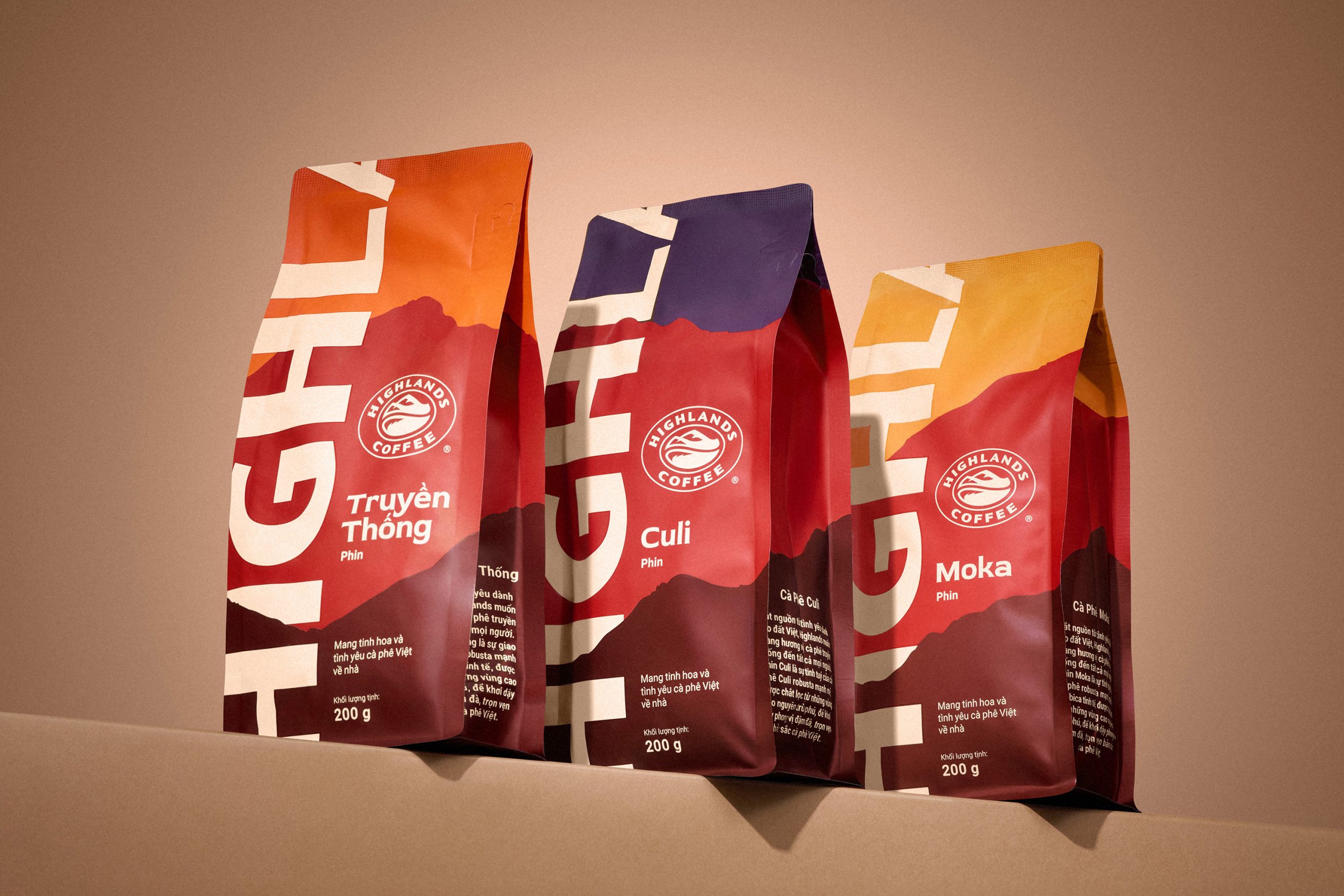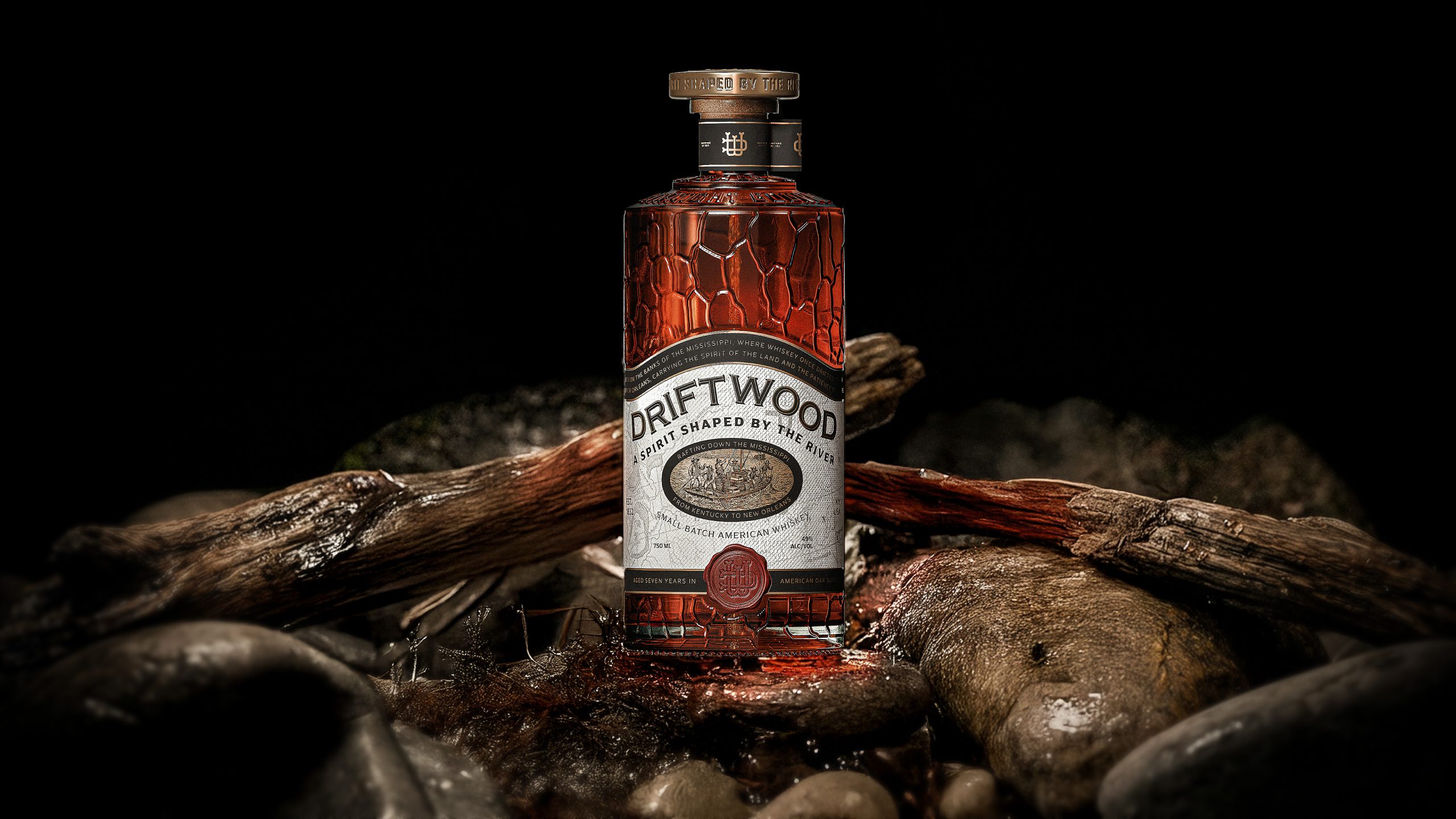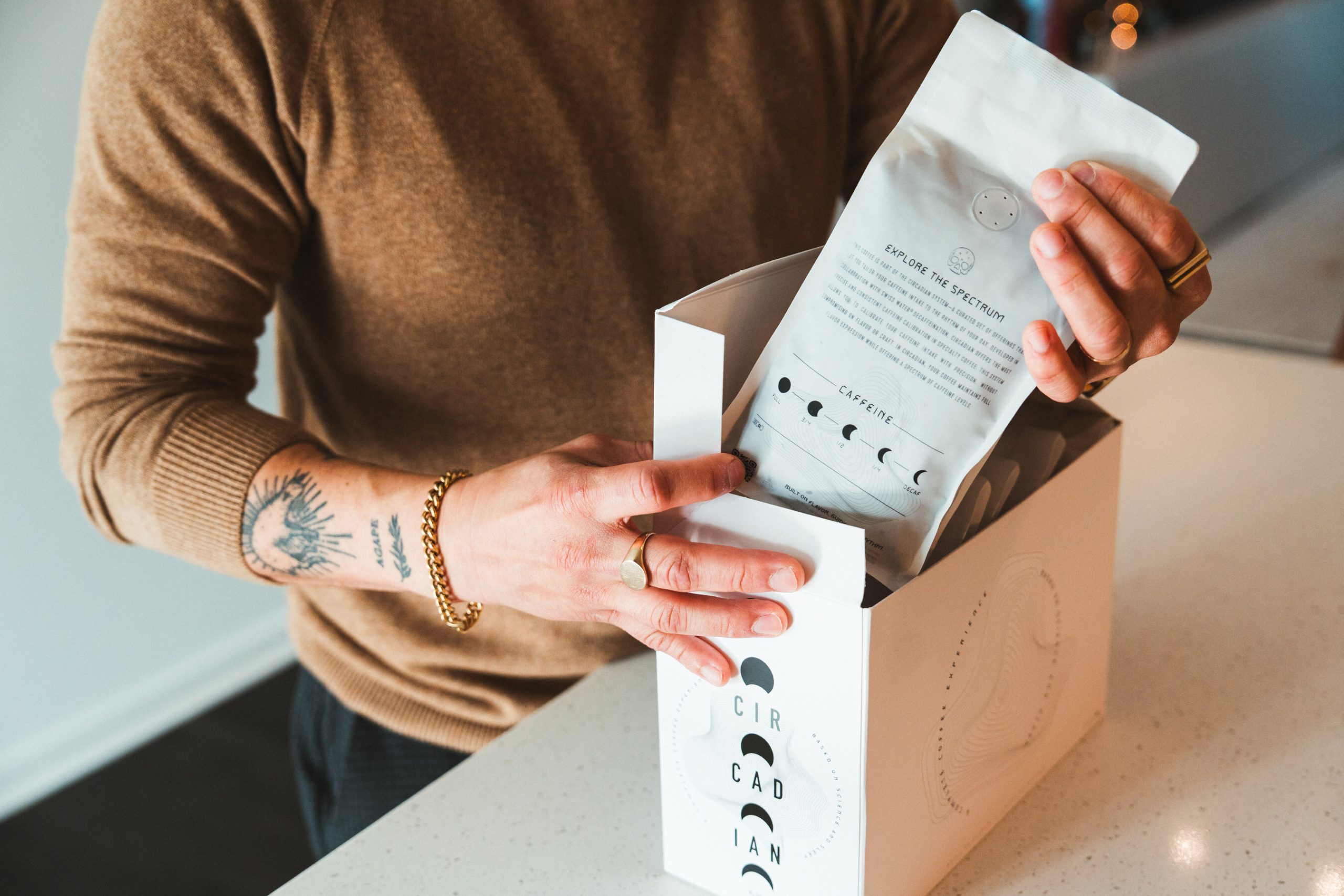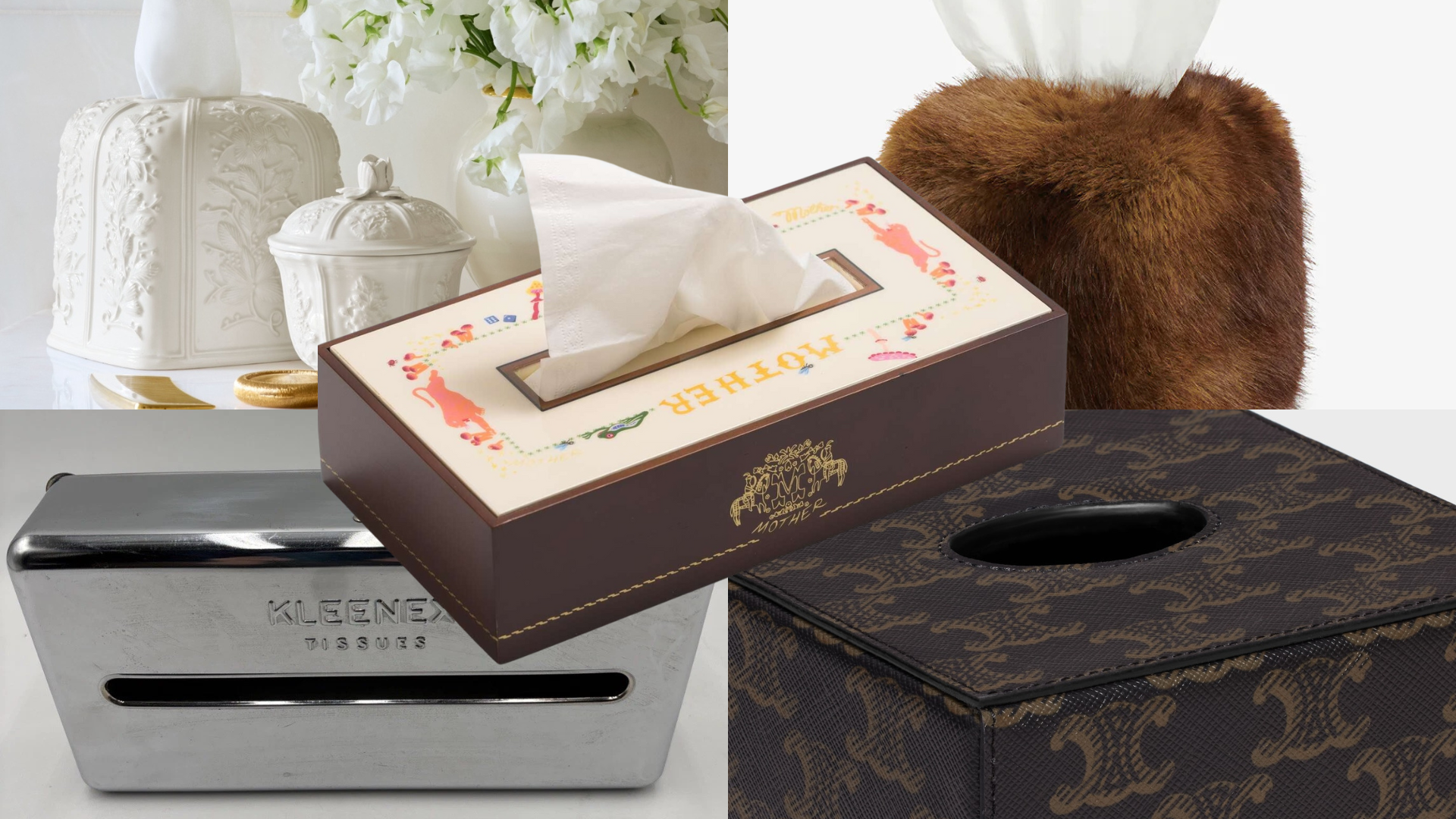We live in an era of identity overload. Standing out is more arduous than ever. But those brave enough to reject the reassuring conventions of their categories are reaping the rewards.
A few years ago, the mere act of investing in branding might have guaranteed you’d stand out from your competitors. A bold, idealistic vision with a clean, modern identity imbued with a tone of voice that felt vaguely human would have marked you out as different—a new type of company for a new kind of consumer.
It’s not that simple anymore.
